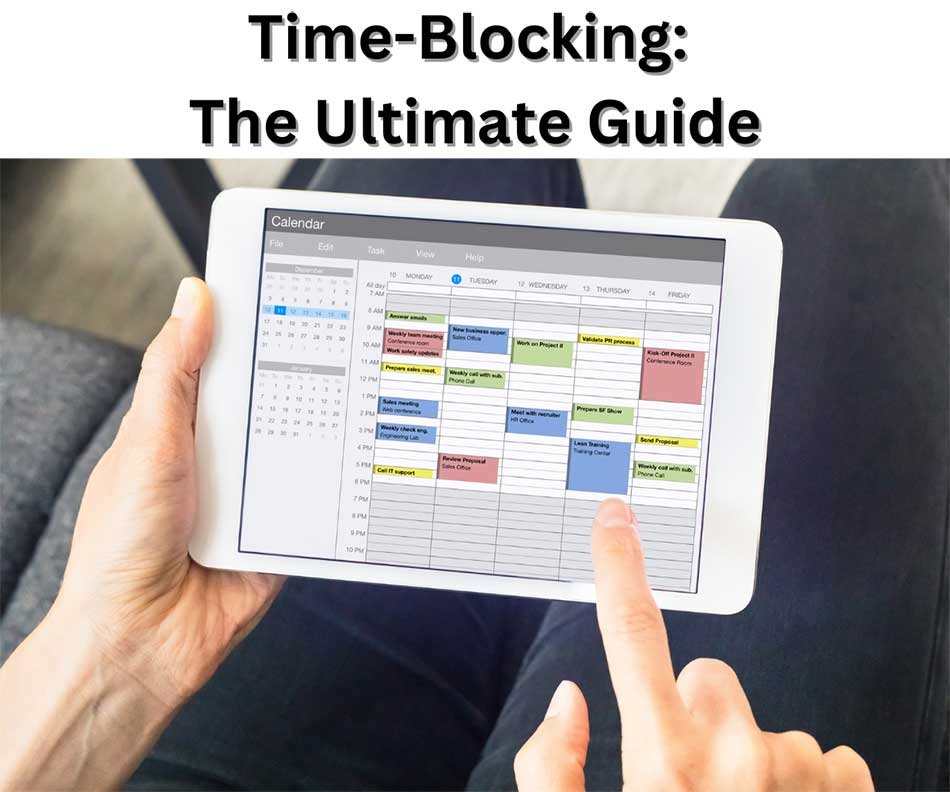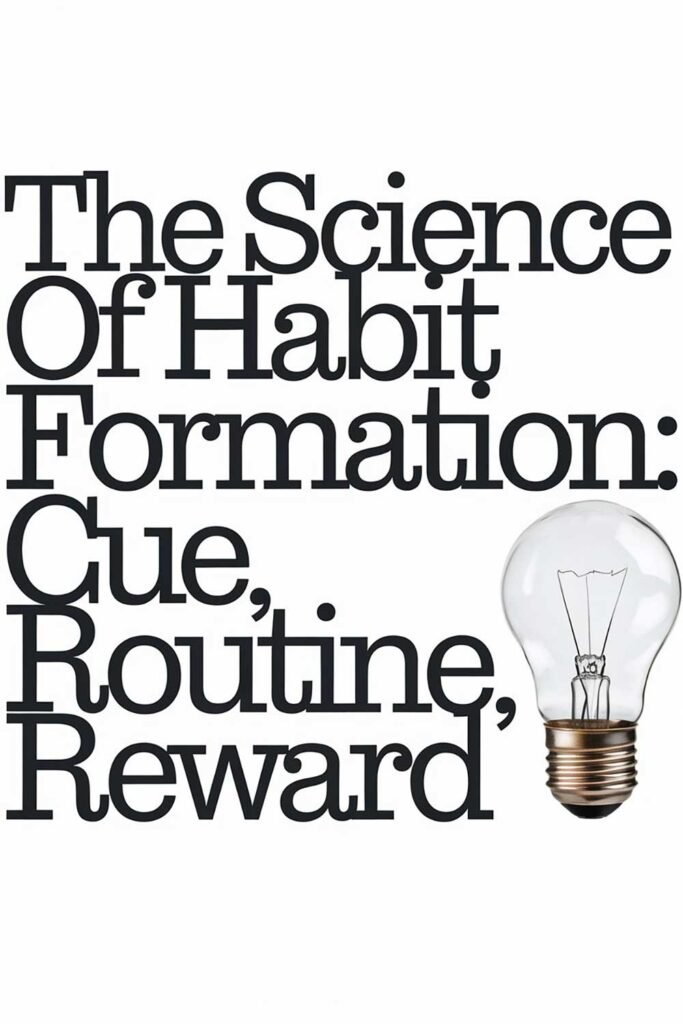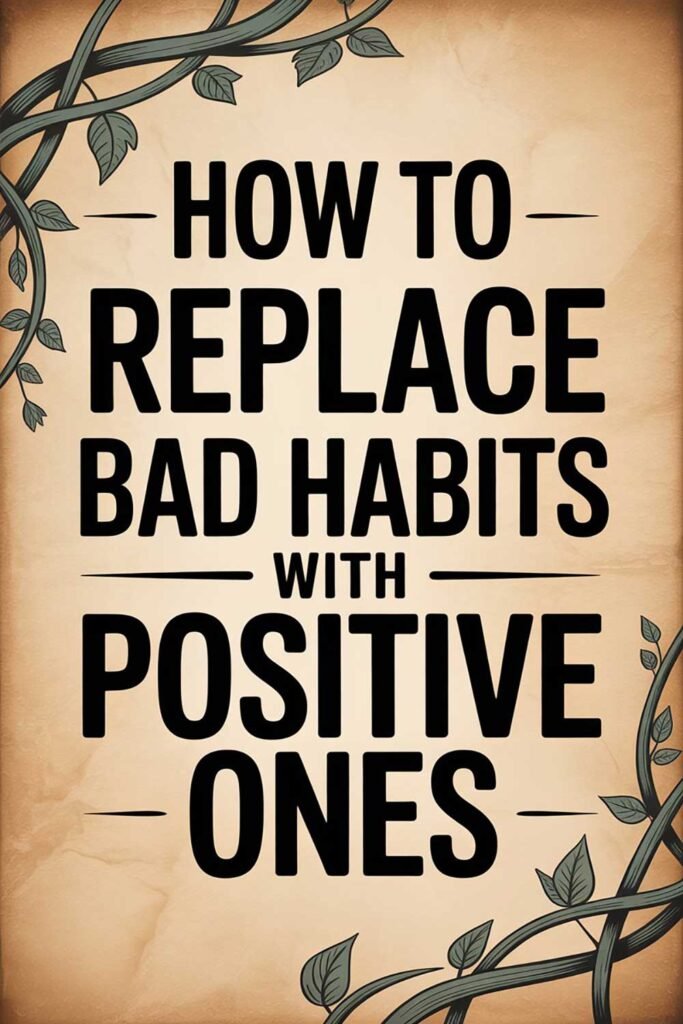
If you know someone who could benefit from this article, please share it with them. Mastering time-blocking can revolutionize productivity and time management.
Time-Blocking: The Ultimate Guide
What Is Time-Blocking?
Time-blocking is a productivity technique where you schedule specific tasks or activities into dedicated blocks of time on your calendar. Instead of working from a to-do list, you assign each task a time slot, creating a structured daily plan. This approach minimizes distractions, increases focus, and ensures that your priorities are met.
Benefits of Time-Blocking
- Increased Productivity: Focus on one task at a time, avoiding multitasking.
- Better Time Management: Allocate time for your most important tasks.
- Reduced Procrastination: Scheduled tasks create accountability.
- Enhanced Work-Life Balance: Designate time for personal activities and downtime.
How to Start Time-Blocking
1. List Your Tasks
Begin by identifying everything you need to accomplish. Include:
- Work-related tasks (e.g., meetings, emails, projects).
- Personal commitments (e.g., exercise, family time).
- Breaks and leisure activities.
2. Prioritize Tasks
Determine which tasks are most important or time-sensitive. Use tools like the Eisenhower Matrix to categorize:
- Urgent and Important: Schedule these first.
- Important but Not Urgent: Block time for these next.
- Urgent but Not Important: Delegate or minimize these.
- Neither Urgent nor Important: Eliminate or postpone.
3. Estimate Time for Each Task
Be realistic about how long each task will take. Avoid overloading your schedule.
4. Create Time Blocks
Allocate blocks of time for each task. Common block sizes range from 30 minutes to 2 hours, depending on the complexity of the task.
- Example:
- 9:00 AM – 9:30 AM: Morning planning.
- 9:30 AM – 11:00 AM: Project work.
- 11:00 AM – 11:15 AM: Break.
5. Add Flexibility
Include buffer times between tasks to account for unexpected delays or interruptions.
6. Use a Calendar Tool
Digital tools like Google Calendar, Outlook, or specialized apps like TimeBloc make time-blocking easy and visually organized.
Advanced Time-Blocking Techniques
1. Themed Days
Assign specific themes to each day to focus on related tasks. For example:
- Monday: Planning and strategy.
- Tuesday: Creative work.
- Wednesday: Meetings and collaboration.
2. Task Batching
Group similar tasks together to minimize context-switching and improve efficiency.
- Example: Block one hour to respond to emails instead of checking them sporadically.
3. Focus Blocks
Dedicate time to deep work, where you focus intensely on one task without distractions. Use tools like the Pomodoro Technique to break focus time into manageable intervals.
4. Energy-Based Scheduling
Plan your most demanding tasks during your peak energy hours and save less intensive tasks for when you’re naturally less alert.
- Example: If you’re a morning person, schedule creative work in the morning and administrative tasks in the afternoon.
5. Time Auditing
Track how you currently spend your time to identify inefficiencies and adjust your time-blocking strategy accordingly.
Tips for Success
- Start with a Rough Plan: Don’t worry about perfection. Adjust as needed.
- Set Boundaries: Inform colleagues or family members about your schedule to minimize interruptions.
- Review Daily: At the end of each day, assess your progress and refine your blocks for the next day.
- Be Flexible: Life happens. If you miss a block, reschedule and keep going.
Common Time-Blocking Mistakes
1. Overloading Your Schedule
- Solution: Leave buffer times and don’t overschedule. Aim for 80% capacity to allow for flexibility.
2. Skipping Breaks
- Solution: Schedule regular short breaks to maintain focus and avoid burnout.
3. Ignoring Your Energy Levels
- Solution: Align tasks with your natural productivity cycles.
4. Being Too Rigid
- Solution: Treat your blocks as guidelines, not strict rules. Adapt as needed.
Picture This
Imagine starting your day with a clear, structured plan. Each task has its place, and you move through your schedule with focus and confidence. By the end of the day, you feel accomplished, with time left for relaxation and personal growth. What’s the first task you’ll time-block today?






